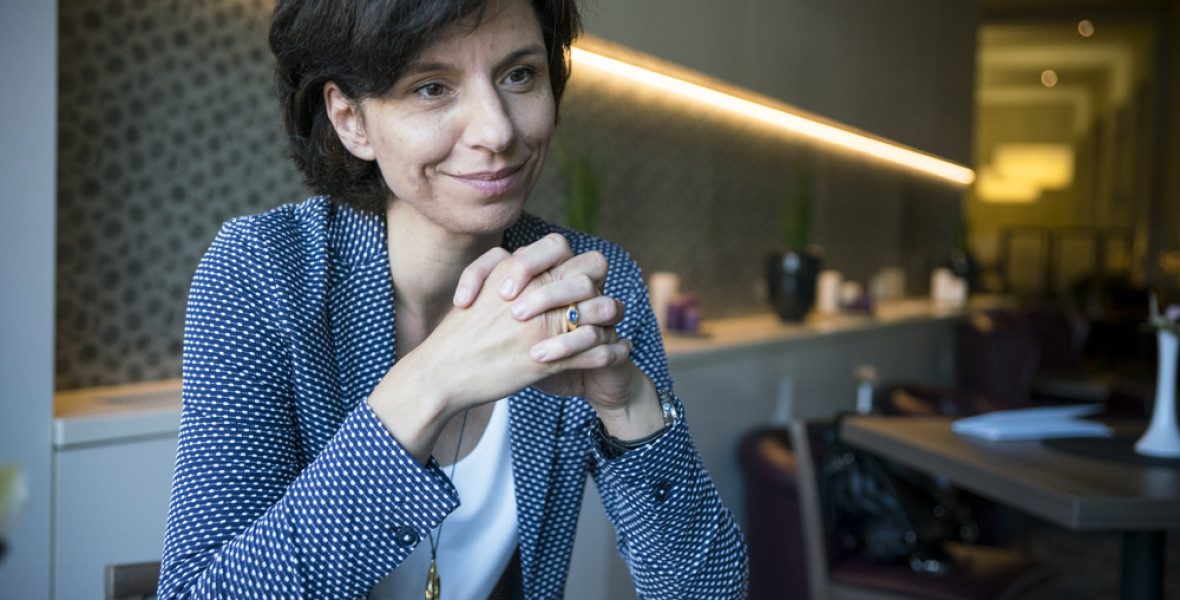

There are also more photographs, scattered throughout rather than assembled in an inset, albeit with some loss of quality.

This second, revised edition of the biography adds information learned since the first edition, particularly with respect to the issue of how the Nazis discovered the secret annex. Since she planned to be a writer after the war, she felt no need to censor herself in her private notebooks. Forced to live in extremely close quarters for over two years with her family and four strangers at just that time in life when a girl wants some privacy, Anne found a ‘room of her own’ in her diary. While Otto Frank thought it more tactful to omit this material, Müller put these pages in context. Müller explained that in these pages, Anne was basically analyzing her parents’ marriage, with the critical eye of a teenager who identified strongly with her father and rebelled against her mother. Apart from offering the larger picture, Müller addressed the issue of the five pages that Anne’s father edited out of the diary before it was published.

Müller’s work, first published in 1998, offered readers of the diary a nuanced understanding of Anne’s situation - how her German-Jewish family came to live in Amsterdam, how they coped as the Nazis tightened their grip on Dutch life, why they couldn’t flee, how eight people orchestrated their movements in a small space for so long, how the ‘helpers’ kept them alive, and what happened after they were all arrested. So it is all the more remarkable that it has taken so long for a serious adult biography of Anne Frank to be published. An estimated thirty million copies of Anne Frank ’s diary have been sold around the world, in some fifty-five languages.


 0 kommentar(er)
0 kommentar(er)
